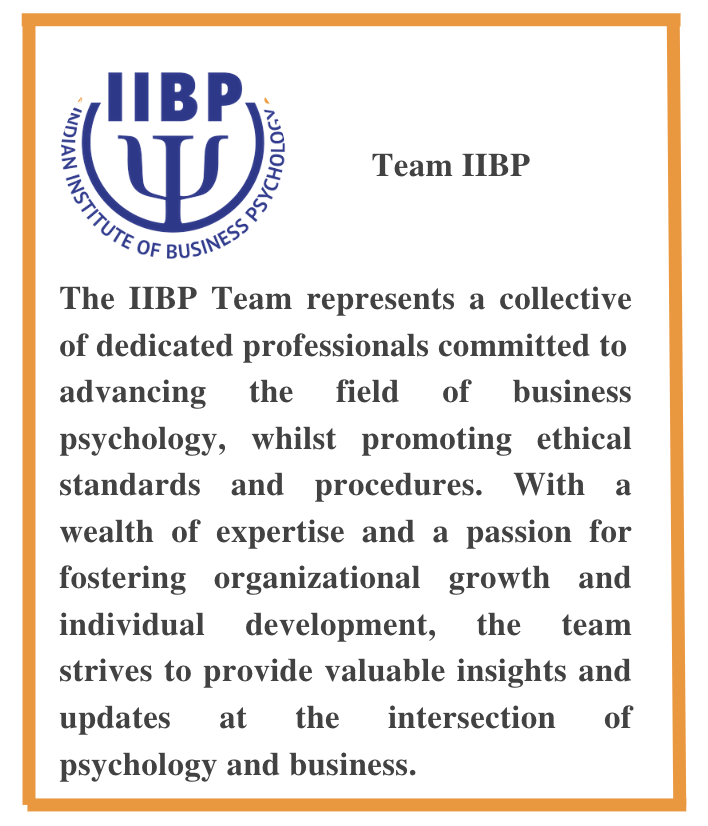Burnout has evolved from a relatively obscure term to a pressing global health crisis that impacts millions across industries and regions. This silent epidemic disproportionately affects men in high-pressure roles, from corporate executives to frontline workers. In 2019, the World Health Organization (WHO) classified burnout as an “occupational phenomenon,” characterized by symptoms of chronic exhaustion, increased cynicism, and reduced professional efficacy (WHO, 2019). In India and globally, traditional societal norms and workplace cultures that stigmatize emotional vulnerability have exacerbated the issue for men, making burnout a critical mental health challenge that demands attention.
Understanding Burnout in Men
Burnout manifests as persistent physical and emotional exhaustion due to prolonged stress, high workloads, and inadequate support systems. The Journal of Occupational Health Psychology highlights that men in high-stress environments are particularly prone to burnout due to entrenched “masculine norms” that discourage seeking help or admitting emotional struggles (2020). This reluctance to express vulnerability can intensify the effects of burnout, leading men to mask their stress to avoid being perceived as weak. Socioeconomic, racial, and cultural factors can further shape how men experience burnout; for example, men from lower socioeconomic backgrounds often face job insecurity and limited access to mental health resources, while men of color may contend with discrimination and marginalization that amplify stress. Cultural norms in various communities may also stigmatize mental health issues, making it even harder for men to seek support.
The Scope of Burnout in India
Mental health conversations in India are growing, but significant cultural and societal barriers remain. According to a 2023 report, approximately 62% of Indian employees experience burnout—triple the global average of 20% (Economic Times, 2023). The IT, finance, and manufacturing sectors are particularly affected. Microsoft’s 2021 Work Trend Index reported that 29% of Indian workers felt heightened burnout during the pandemic, exacerbated by extended working hours and the blurring of professional and personal boundaries (Microsoft Work Trend Index, 2021).
For many Indian men, societal expectations of being the primary “provider” add a psychological burden. These pressures, combined with a fast-paced work culture and intense competition in urban areas, make burnout seem almost unavoidable.
Burnout on a Global Scale
The burnout problem among men extends globally. In the United States, a 2021 survey found that 52% of employees reported feeling burned out, with two-thirds noting that the pandemic had worsened their condition (Psychology Today, 2021). In Europe, Eurofound’s 2022 report emphasized record-high job-related stress and burnout, especially in executive and managerial roles (Eurofound, 2022).
Many countries suffer from a culture that glorifies overworking. The “always-on” mindset in the U.S., Japan, and South Korea results in high burnout rates, as employees are often expected to remain available 24/7, sacrificing personal well-being for career advancement.
The Impact of Burnout on Men’s Mental Health
Burnout’s impact on men’s mental health is significant. Prolonged exposure to stress without adequate support can lead to anxiety, depression, and substance abuse. The Journal of Men’s Health reports that men experiencing chronic burnout have higher rates of depression and, in severe cases, suicidal ideation (Journal of Men’s Health, 2021). Stigma around mental health issues can delay necessary interventions, particularly for men who fear being judged or facing professional repercussions.
In India, limited access to mental health resources and prevailing stigmas can escalate burnout into severe crises. Globally, even in regions where mental health care is more readily available, cultural constructs around masculinity often prevent men from seeking the help they need.
Addressing Burnout: A Way Forward
The first step in mitigating burnout is acknowledging it as a legitimate health issue. Forward-thinking companies are beginning to implement measures such as mental health days, flexible working hours, and comprehensive wellness programs. In India, organizations like Tata Consultancy Services (TCS) have introduced initiatives aimed at promoting work-life balance, and globally, companies such as Microsoft have adopted similar strategies (Economic Times, 2023; Microsoft Work Trend Index, 2021).
Interventions that address the unique challenges men face while promoting inclusivity and collaboration across genders are essential. Programs that encourage open discussions about mental health help dismantle the stigma tied to “masculine norms” that discourage seeking help. This can include facilitated workshops that foster psychological safety and peer support groups that include all genders, promoting empathy and shared understanding.
Creating inclusive wellness programs ensures that men feel supported while emphasizing the importance of collaborative engagement. For example, training managers to recognize signs of burnout in all employees, including those influenced by gender norms, can help foster a culture where seeking assistance is normalized. Additionally, offering flexible working options that cater to different needs helps address stressors linked to balancing professional and personal responsibilities, benefiting everyone in the workplace.
These targeted, inclusive strategies aim to create an environment where mental health is prioritized, benefiting men while reinforcing a collaborative and supportive workplace culture for all employees.
Promoting open conversations about mental health can yield substantial benefits. Studies have shown that workplaces encouraging dialogue around mental well-being report lower burnout rates and higher job satisfaction. A 2021 piece from the Harvard Business Review concluded that men who felt supported in discussing mental health issues were more productive, engaged, and less likely to leave their positions. Progress is being made in breaking down masculine stereotypes that have traditionally discouraged men from addressing mental health concerns. Campaigns promoting mental health awareness, inclusive workplace training, and public figures openly discussing their mental health are gradually challenging the idea that seeking help is a sign of weakness. This evolving mindset fosters environments where men can feel supported and open, contributing to healthier, more productive workplaces.
Conclusion
The burnout epidemic impacting men in high-pressure jobs is a multifaceted problem that requires systemic and cultural change. Recognizing burnout as a major mental health issue and fostering supportive work environments can help build a more resilient and healthy workforce. Addressing burnout proactively is essential for ensuring long-term well-being and sustainability within organizations.
References
- World Health Organization. (2019). Burn-out an occupational phenomenon: International Classification of Diseases.
- Journal of Occupational Health Psychology. (2020). Masculine norms and mental health: The role of gender expectations in burnout.
- Economic Times. (2023). 62% of Indian employees experience burnout, triple the global average.
- Microsoft Work Trend Index. (2021). The Work Trend Index: Annual Report on Remote Work.
- Journal of Men’s Health. (2021). Prolonged burnout and mental health risks among men.
- Eurofound. (2022). Work stress and burnout rates in Europe.
- Harvard Business Review. (2021). Supporting employee mental health for a thriving workplace.
About the Author


